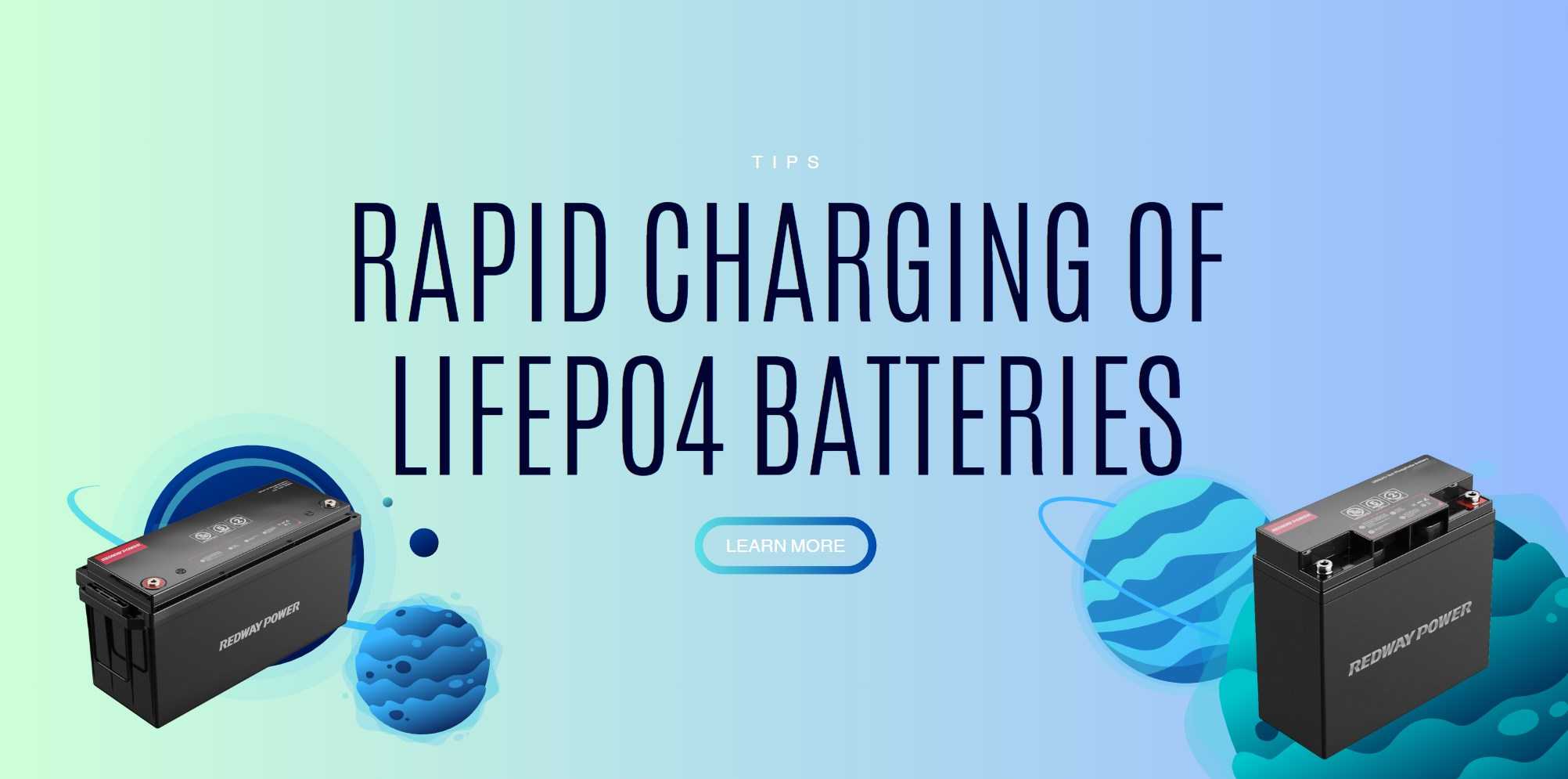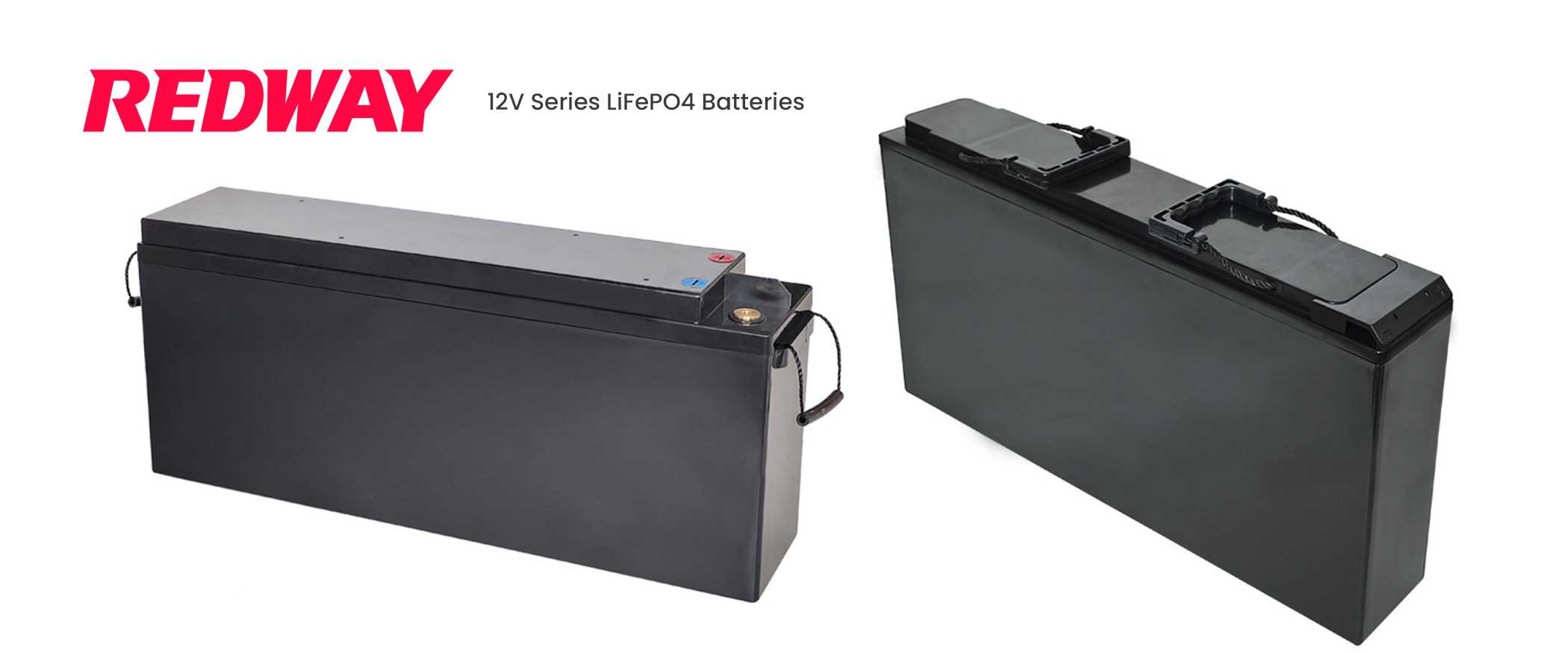In the realm of modern energy solutions, LiFePO4 batteries (Lithium Iron Phosphate) have emerged as a preferred choice due to their safety, stability, and long cycle life. As we delve into the intricacies of rapid charging for these batteries, we will explore the technology behind them, the benefits of rapid charging, and practical strategies for optimizing charging times.
Understanding LiFePO4 Battery Technology
LiFePO4 batteries are known for their unique chemistry, which provides several advantages over traditional lithium-ion batteries. The phosphate component contributes to enhanced thermal stability and safety, making these batteries less prone to overheating and fire risks.
Key Characteristics of LiFePO4 Batteries
- High Thermal Stability: LiFePO4 batteries can withstand higher temperatures without degrading.
- Long Cycle Life: These batteries can endure over 2000 charge cycles with minimal capacity loss.
- Environmentally Friendly: Composed of non-toxic materials, they are more sustainable than other lithium-ion batteries.
Benefits of Rapid Charging
Rapid charging technology allows LiFePO4 batteries to be charged significantly faster than conventional methods. This capability is crucial in various applications, from electric vehicles to renewable energy storage systems.
Advantages of Rapid Charging
- Increased Efficiency: Reduces downtime and enhances productivity in applications requiring quick energy replenishment.
- Enhanced User Experience: Shorter charging times improve user satisfaction, particularly in consumer electronics and electric vehicles.
- Cost-Effective Operations: Businesses can reduce operational costs by minimizing the time equipment is offline.
How to Optimize Rapid Charging of LiFePO4 Batteries
To achieve rapid charging effectively, several factors must be considered:
1. Charge Rate Optimization
The charge rate is pivotal in determining how quickly a battery can be charged. For LiFePO4 batteries, a typical charge rate is 1C (where C represents the capacity of the battery). However, advanced battery management systems (BMS) can allow for higher rates without compromising safety.
2. Advanced Battery Management Systems (BMS)
A sophisticated BMS is essential for monitoring battery health during rapid charging. Key functions include:
- Temperature Monitoring: Prevents overheating by adjusting the charge rate based on thermal conditions.
- Cell Balancing: Ensures all cells within the battery pack are charged uniformly, prolonging battery life.
- State of Charge (SoC) Management: Accurately tracks the battery’s charge status to optimize charging cycles.
3. Use of Quality Chargers
Investing in high-quality chargers specifically designed for LiFePO4 batteries can significantly impact charging efficiency. These chargers should support:
- Smart Charging Technology: Automatically adjusts current and voltage based on battery requirements.
- Multiple Charging Modes: Offers options such as fast charge, trickle charge, and maintenance modes.
4. Temperature Control
Charging at optimal temperatures (typically between 20°C to 25°C) enhances efficiency and safety. Implementing cooling systems or thermal management strategies can help maintain ideal conditions during rapid charging.
Recent Developments in Rapid Charging Technology
As of October 2024, recent advancements have been made in rapid charging technologies specifically tailored for LiFePO4 batteries. Researchers are exploring innovative materials and designs that can further reduce charging times while maintaining safety standards.
Emerging Technologies
- Solid-State Batteries: These next-generation batteries promise faster charging times and increased safety by using solid electrolytes instead of liquid ones.
- Graphene-Based Solutions: Graphene technology is being tested to enhance conductivity and reduce internal resistance, potentially leading to ultra-fast charging capabilities.
FAQs About Rapid Charging of LiFePO4 Batteries
1. What is the maximum charge rate for LiFePO4 batteries?
The maximum charge rate typically ranges from 1C to 3C depending on the specific battery design and manufacturer recommendations.
2. How does temperature affect rapid charging?
Charging at elevated temperatures can increase the risk of thermal runaway, while low temperatures may slow down the chemical reactions necessary for efficient charging.
3. Can I use a regular lithium-ion charger for my LiFePO4 battery?
No, it is crucial to use a charger specifically designed for LiFePO4 chemistry to ensure safety and optimal performance.
4. What are the signs that my LiFePO4 battery is not charging properly?
Common indicators include excessive heat during charging, unusual swelling or deformation, or a significant drop in capacity over time.
Conclusion: Embracing the Future of Energy Storage with Rapid Charging
The rapid charging capabilities of LiFePO4 batteries represent a significant leap forward in energy storage technology. By understanding the underlying principles and implementing best practices for optimization, industries can harness this technology to improve efficiency and sustainability.As we continue to innovate and refine these processes, we at Redway Battery remain committed to providing custom lithium LiFePO4 battery solutions tailored to meet diverse needs worldwide. For those interested in exploring rapid charging solutions or seeking wholesale options, we invite you to contact us for a quick quote today!





